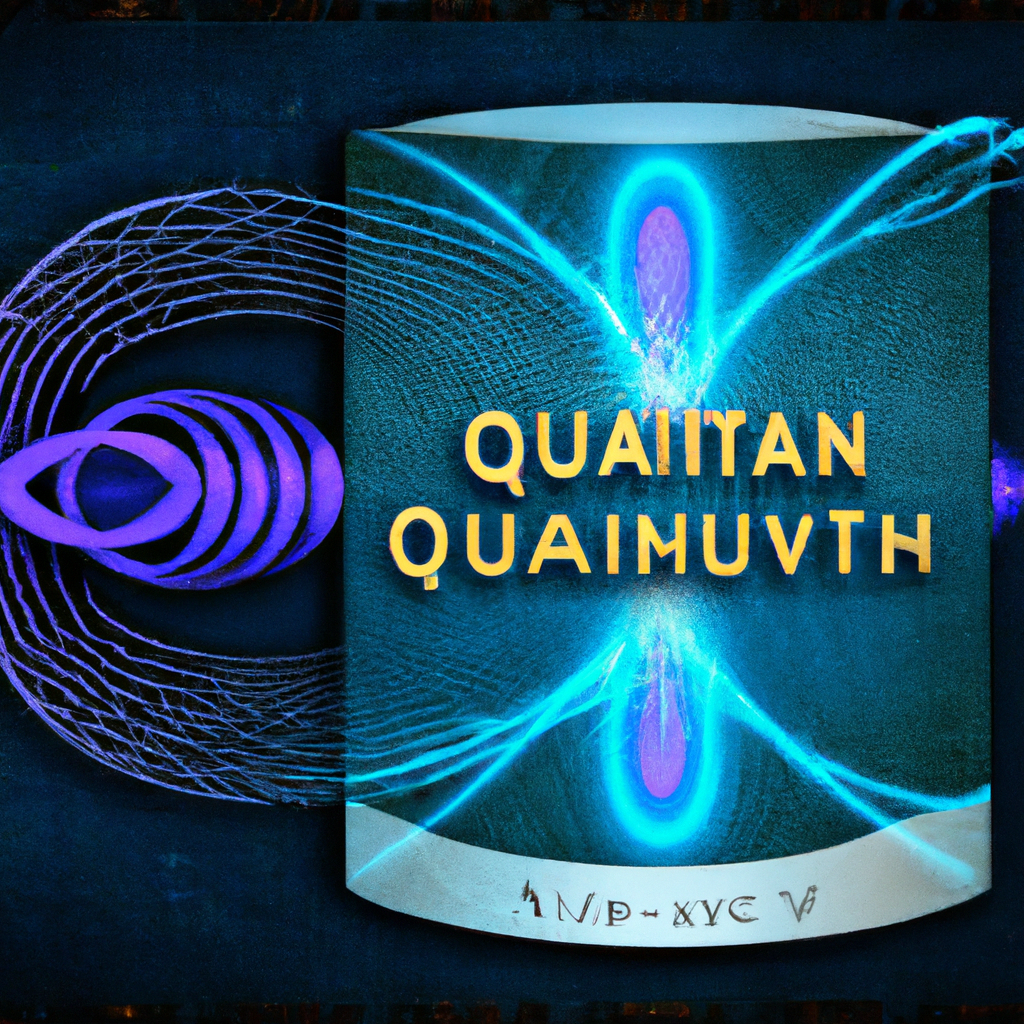
Quantum Recap in Six Bullets
- Researchers have established that secure quantum encryption can exist even without hard problems, reimagining the requirements for information security.
- This sway from dependence on mathematical complexity is promising in the quantum computing era, which could potentially break existing codes.
- The team created a new protocol that relies on the conservation of quantum information, a fundamental principle of quantum mechanics.
- Traditionally, secure encryption was based on math problems that were easy to create but computationally intense to solve. Quantum computers, with their superior abilities, threaten this model.
- The new research essentially sidesteps the uncertainties posed by quantum computers, illuminating new ways to preserve the security of information, irrespective of future advances in quantum technology.
- This revolutionary discovery challenges much of the traditional thinking surrounding cybersecurity and provides a new paradigm that doesn’t need the existence of unsolvable problems to secure information.
Details on Quantum Encrypted Reality
Researchers have made a big leap in quantum cryptography by proving that secure quantum encryption can thrive sans hard problems. Previously, the security of most encrypted data relied on difficult math problems that were highly time-consuming for computers to decode.
This established method, soon to confront the advanced capabilities of quantum computers, posed a huge risk. But, researchers have found a new path around this potential predicament. They’ve devised a protocol that hinges on a key principle of quantum mechanics— the conservation of quantum information — a move that deserts the erstwhile reliance on mathematical complexity.
This ingenious solution comes amidst a time when the imminent quantum technology transition looks set to implode the traditionally secure encryption infrastructure. The tried-and-true approach of developing encryption keys so intimidatingly complex that they are practically impossible to crack, risks becoming obsolete in the face of advancing quantum technology.
The new protocol sidesteps this potential catastrophe. Using the conservation of quantum information principle, it encapsulates a system whereby information can still stay secure, irrespective of quantum technological advances. This trailblazing work changes existing notions and constructs surrounding data security.
The nuts and bolts of this massively disruptive innovation demonstrate that it’s not necessary to present difficult problems to safeguard information. That is to say, you don’t need an insolvable problem as a basis for achieving secure cryptographic communication.
The Big Game-Changing Take
Here’s my hot take: this research break is akin to an atomic bomb in the world of cryptography. It figuratively and literally alters the “quantum” of data encryption. Basically, we’re looking at a paradigm shift which says, “Hey, the harder the better? Nah, we’re going quantum-ly secure.”
Rather than feeling threatened by the rapid advancements in quantum technology, it’s fundamentally reassuring to know that innovative solutions like these can lead us to newer, much safer realities. It’s a significant revelation, knowing encryption security can die hard even in the absence of hard problems.
The ground implications? Well, anyone from tech enthusiasts to paranoid netizens and austere governmental operators might sleep easier. There’s no doubt it’s disruptive but it’s also revolutionary and it’s another nod to the quirky world of quantum physics and its uncanny capacity to throw us into uncharted territories.
It puts new wind into the sails of encryption and cybersecurity and gives us a solution that’s not just a stopgap but a stepping stone into the future of secure quantum encryption. Kudos to our brilliant minds for securing our tomorrow, today!